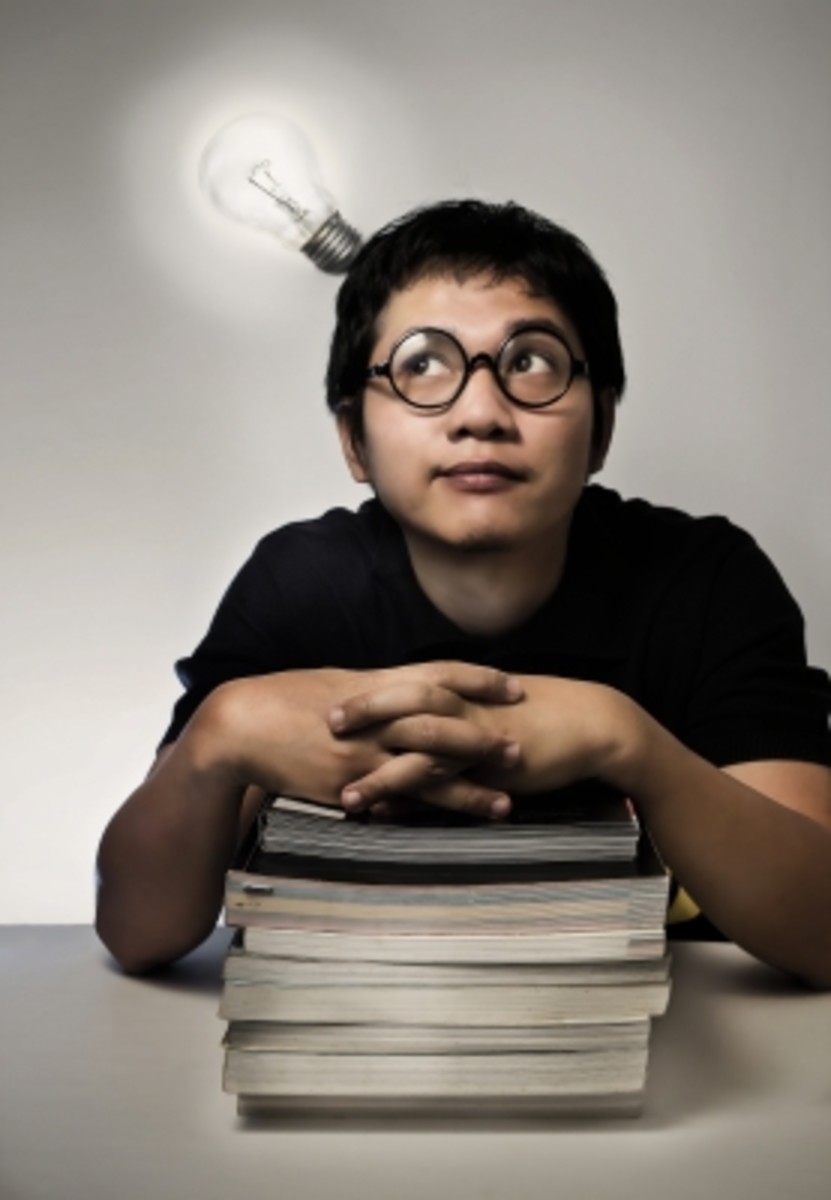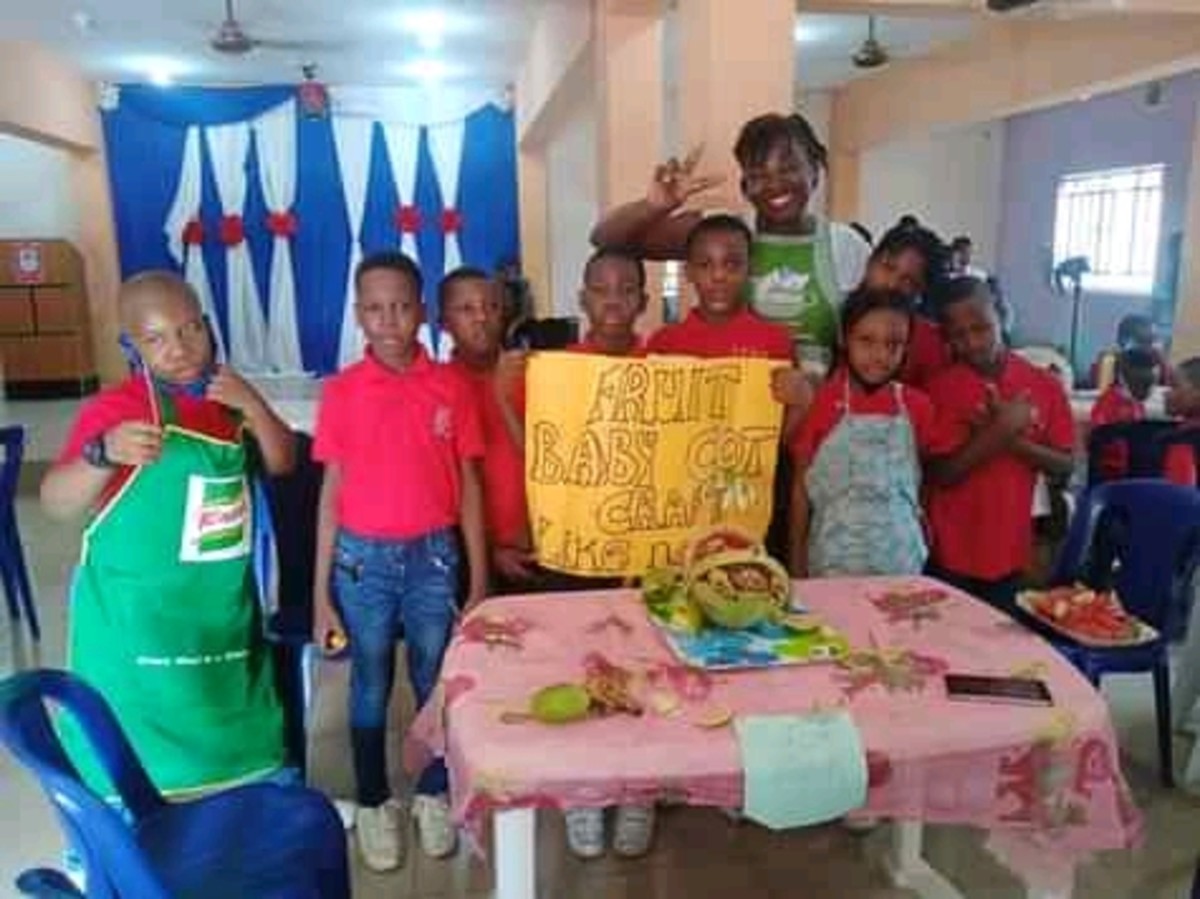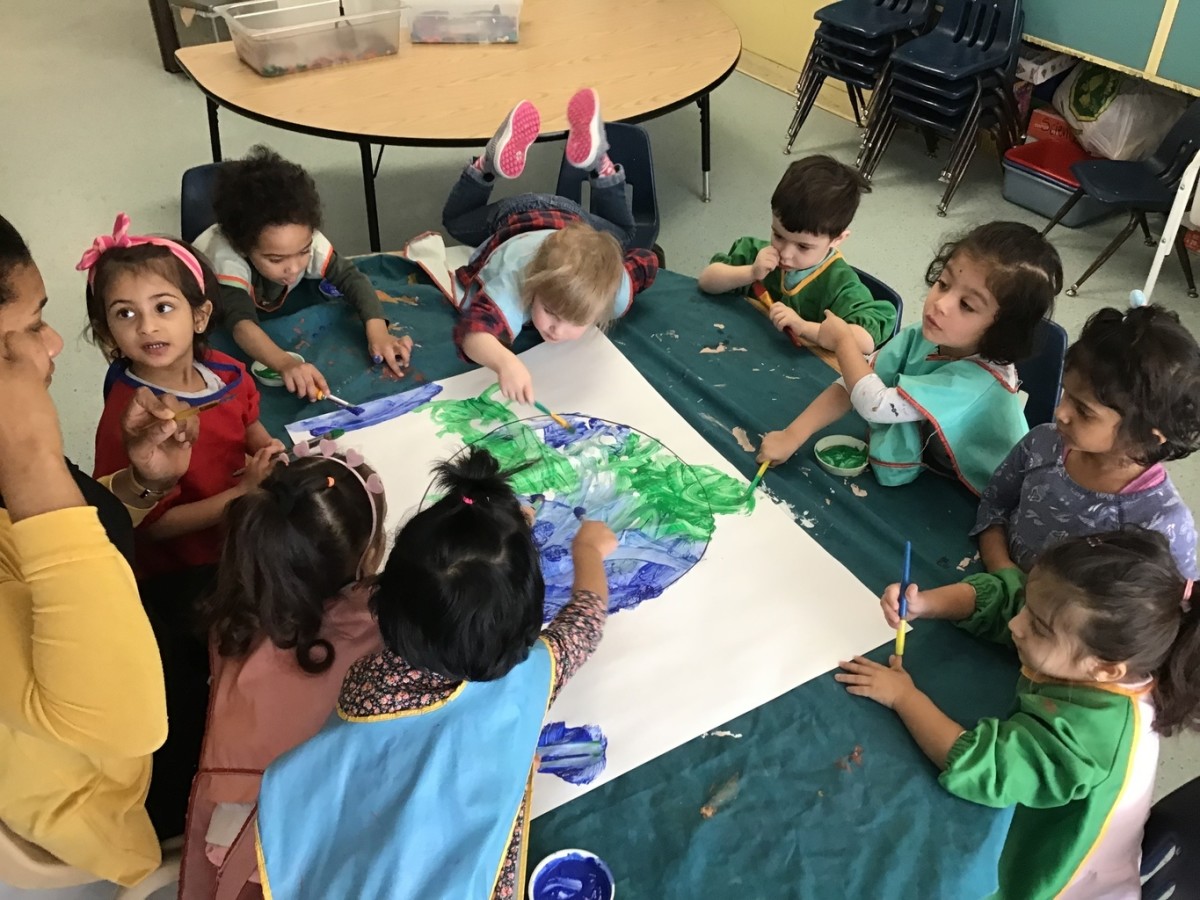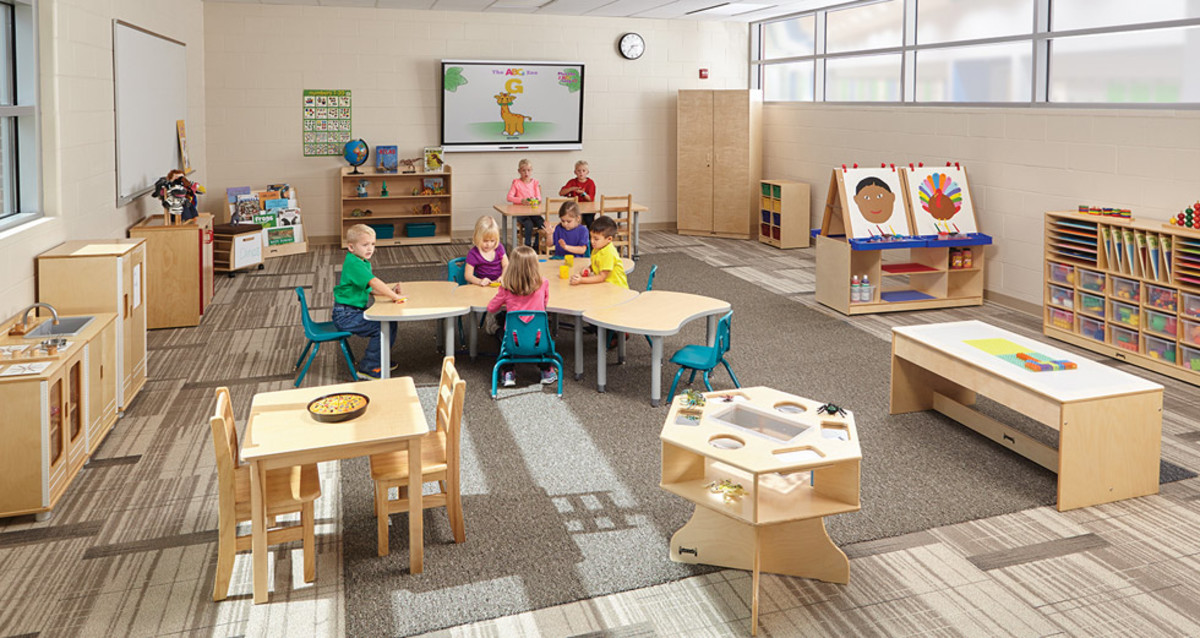Child Development Theories: Part 1
Child Development Center at Fort Belovoir, VA
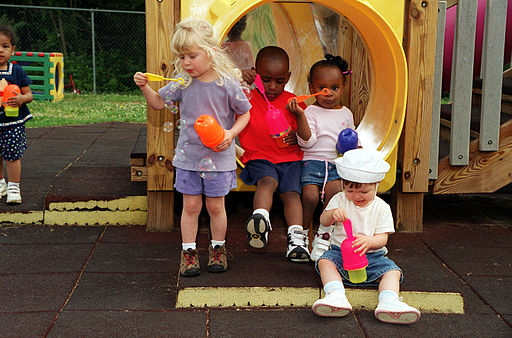
Child development is crucial to a child’s learning potential. Educators analyze various child development theories to utilize instructional strategies and create an effective learning environment. The following will identify three theories of child development and how each theory applies to the classroom setting.
Piaget's Stages of Development
Jean Piaget: Cognitive Development
Jean Piaget’s theory on child development focuses on “cognitive development.” (Morrison, 2004, p.112) Educators apply Piaget’s learning theory to stimulate learning and higher order thinking skills. Cognitive development refers to “the cognitive, or mental, process by which children acquire knowledge; hence, intelligence is “to know.” (Morrison, 2004, p. 113) Early childhood educators can stimulate cognitive development by creating an interactive learning environment. For example, setting up games or engaging learning centers, which enables students to problem solve and interact with others can stimulate cognitive development.
An interactive learning environment will naturally enable children to “build their own intelligence.” (Morrison, 2004, p.113) Therefore, learning is enhanced when children are allowed the freedom to explore new experiences such as, building a castle with blocks, dressing a doll, matching, painting, or making a favorite food. The writer remembers making smores in the microwave at school. Each activity serves to aid learners in making real world connections from the classroom. Children develop the ability to count objects, observe shapes, colors, smells, taste, and texture: As learners, “cognitive development is a continuous process.” (Morrison, 2004, p. 114) Adults continue to learn and find different ways of solving a problem. Similarly, early learners will discover various ways to create, organize, or handle a situation. The key is to provide children with exposure to different environments to “explore objects in their environment and through problem solving and interacting with others.” (Morrison, 2004, p. 114)
In undergraduate studies, professors directed students to Piaget’s stages of development theory. Sensorimotor and preoperational stages primarily apply to early childhood. Sensorimotor spans 18 months to 2 years and focuses on sucking, grabbing, and using the body, Preoperational spans ages 2 to 7 years old and focuses on language, developing learning experiences with objects, problem solving, and socialization. (Morrison, 2004, p. 117).
Understanding stages of development assists educators to cater instruction to the learner. Classroom environments should enable students to explore various objects. Early childhood providers need to set up the environment with various centers, which stimulate the senses and stimulate cognitive development. For example, play areas can have musical instruments, scratch and sniff pages, and career clothing. In addition, play areas can mimic areas at home, a doctor’s office, and a fire station. The key is to provide a learning environment that caters to the stage of development of all learners.
Lev Vygotsky: Sociocultural Theory
Lev Vygotsky developed the sociocultural theory. “Vygotsky believed that children’s mental, language, and social development is supported and enhanced by others through social interaction.” (Morrison, 2004, p. 121) In the preoperational stage, children are beginning to learn language and solve problems. Social interactions enable children to communicate problems or identify experiences. For example, children can relate personal experiences regarding the texture, taste, or sound of an object. In addition, children learn to formulate the words to communicate what is observed. During the preoperational stage, children may need help pronouncing words and structuring sentences. Therefore, parents and teachers need to provide assistance. Vygotsky’s theory states, “the zone of proximal development represents the range of tasks that children cannot do independently but can do when helped by a more competent person –teacher, adult, or another child.” (Morrison, 2004, p. 121) Therefore, early childhood professionals assist children in hard tasks to reinforce learning. For example, teachers can help children learn how to tie a shoe, use buttons, or zip up garments. In the classroom, the play area can have toys that require children to practice hard tasks and teacher can shadow or provide assistance.
Abraham Maslow: Self-Actualization
“Abraham Maslow identified self-actualization, or self-fulfillment, as the highest human need.” (Morrison, 2004, p, 123) Children can attain self-actualization or self-fulfillment through nurturing and “increasing achievement.” (Morrison, 2004, p. 126). Childcare professionals can create an environment that set learners up for success. For example, when children attempt or accomplish a task, teachers can offer praise. Praise and rewards motivate students and build confidence. For example, educators can purchase reward stickers and charts for classroom accomplishments. One year, school administrators partnered with a popular pizza restaurant and offered free pizza to students. Educators set classroom and individual reading goals. Students received a certificate for a free pizza when set reading goals were met. The writer recalls learners reading over 500 books in one year. The reading incentives program served to encourage all learners to attain library cards and cultivate a love for reading. In addition, a learning environment should be safe from physical harm or verbal abuse. Educators should display nurturing and professional behavior, which contributes to a safe environment.
During the days of corporal punishment, at least when the writer attended school, the writer remembers a teacher hitting the entire classroom in the hand with a ruler. Afterward, the writer was apprehensive to answer a question or solve a math problem at the chalkboard. Effective teachers can be firm, but should learn to exercise effective classroom management skills without harming children. There are several benefits of helping children to reach self-actualization: Students are motivated to learn and build confidence in personal ability. Parents and childcare professionals can work to build self-esteem and confidence. Educators can design workshops to help parents identify opportunities and ways to build student confidence.
In conclusion, applying learning theories in the classroom helps educators to cater learning to the student. Jean Piaget’s theory on cognitive development enables children to explore the environment and create knowledge. Piaget provided much information regarding the stages of development. Early childhood professionals have come to learn that infants and toddlers are in the sensorimotor and pre-operational stages. Knowledge regarding the stages of development aid educators in creating an environment and lessons, which allow learners to develop language skills, motor coordination, socialization, and cognitive development.
Lev Vygotsky developed the sociocultural theory, which equates learning to social interactions. Children will experience cognitive and developmental growth through social skills. Infants and toddlers learn through interactions between parents, teachers, and other students. Abraham Maslow learning theory is self-actualization. Maslow’s learning theory emphasizes that child’s needs must be met before learning can take place. Early learning facilities must create a safe and nurturing environment that motivates learning. Educators must respect all learners; provide nutritious food, and an interactive safe learning environment.
Reference
Morrison, G. (2004). Theories applied to teaching and learning: Foundations for practice. Early Childhood Education (9e), p. 268-302. New Jersey: Upper Saddle River


